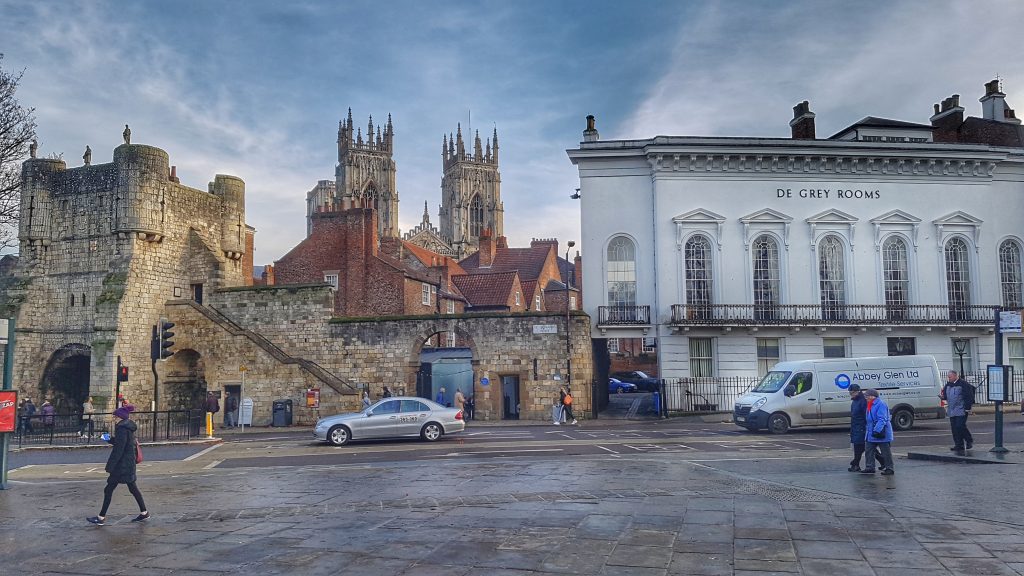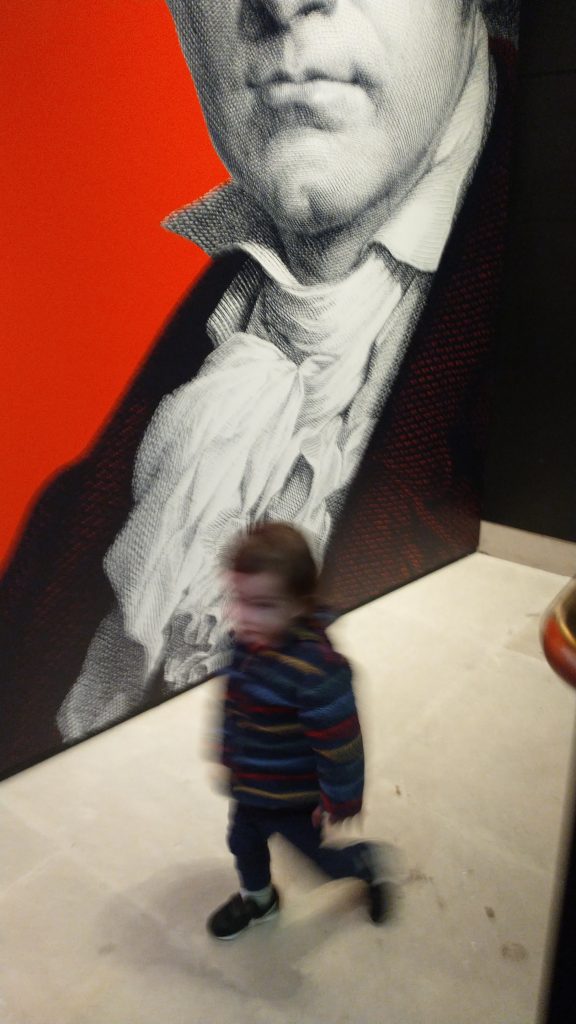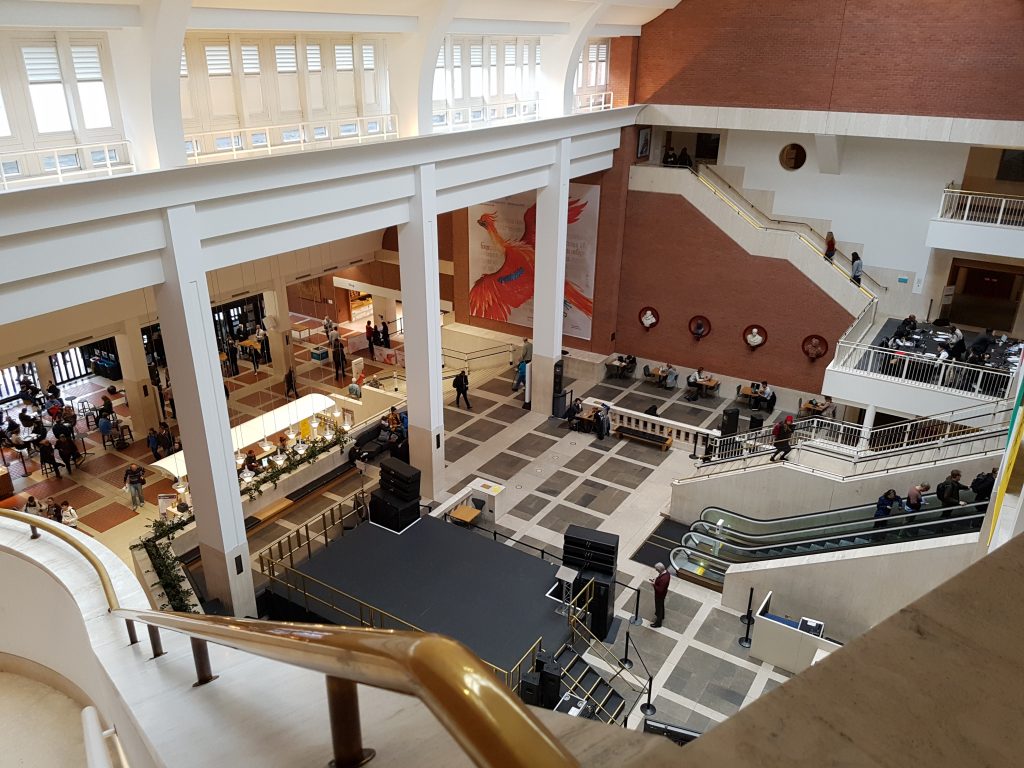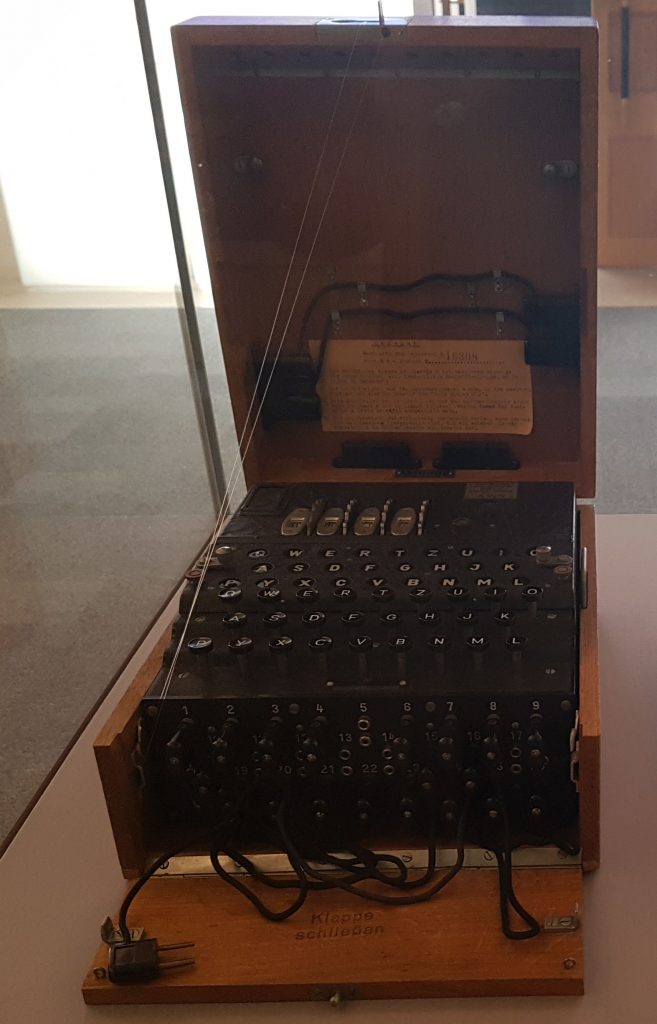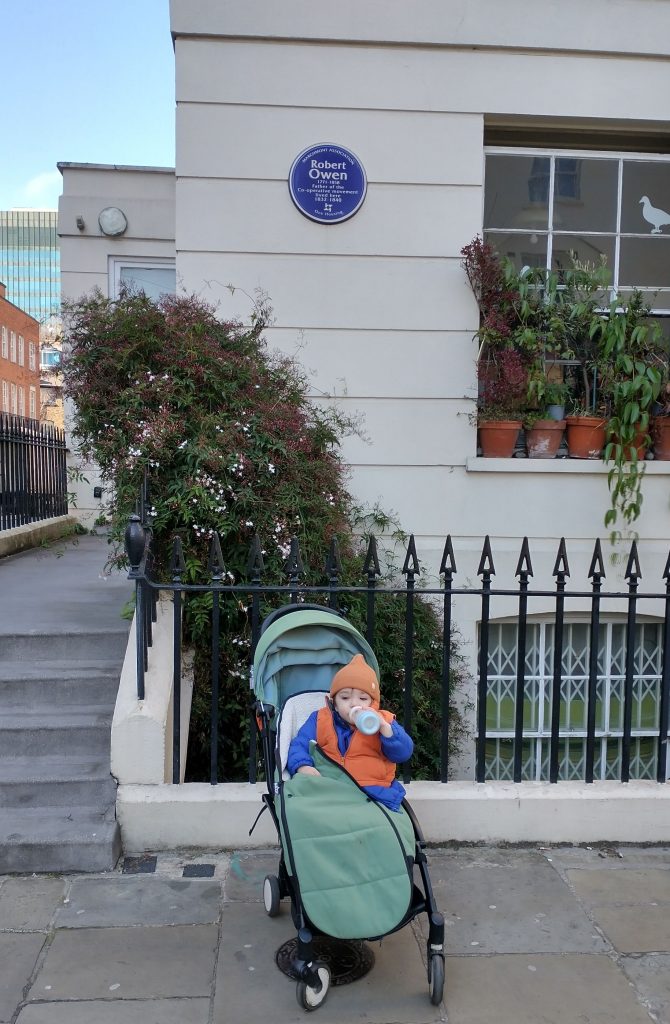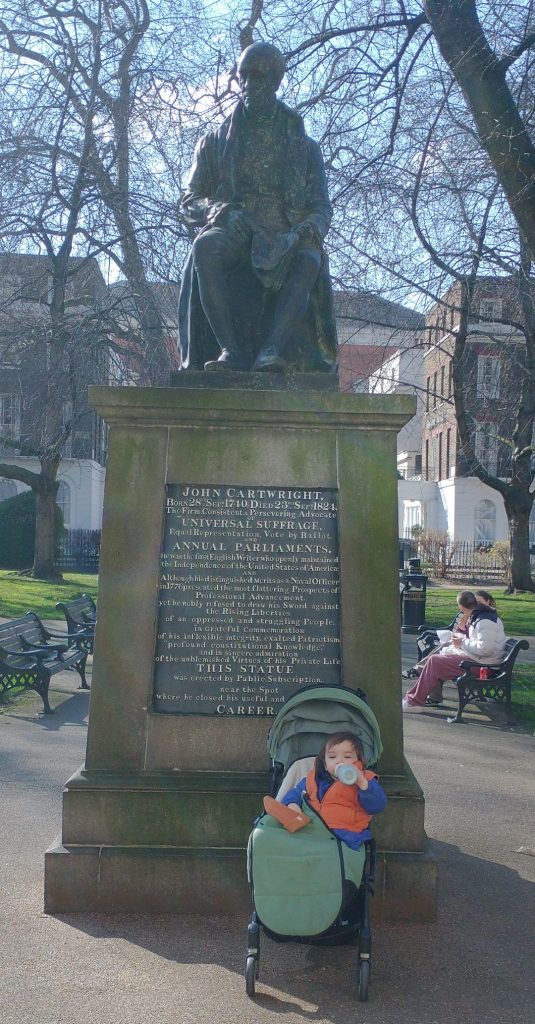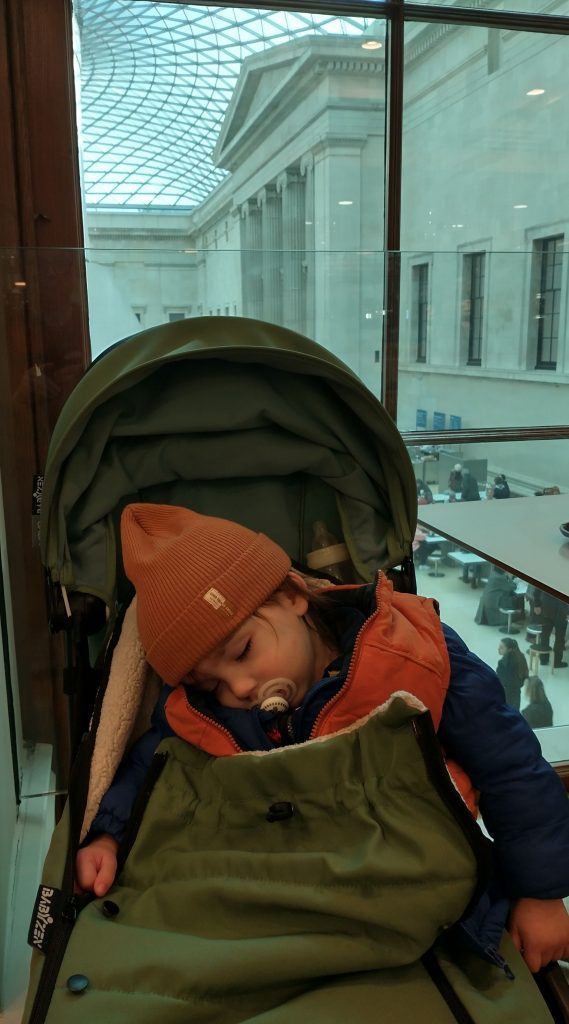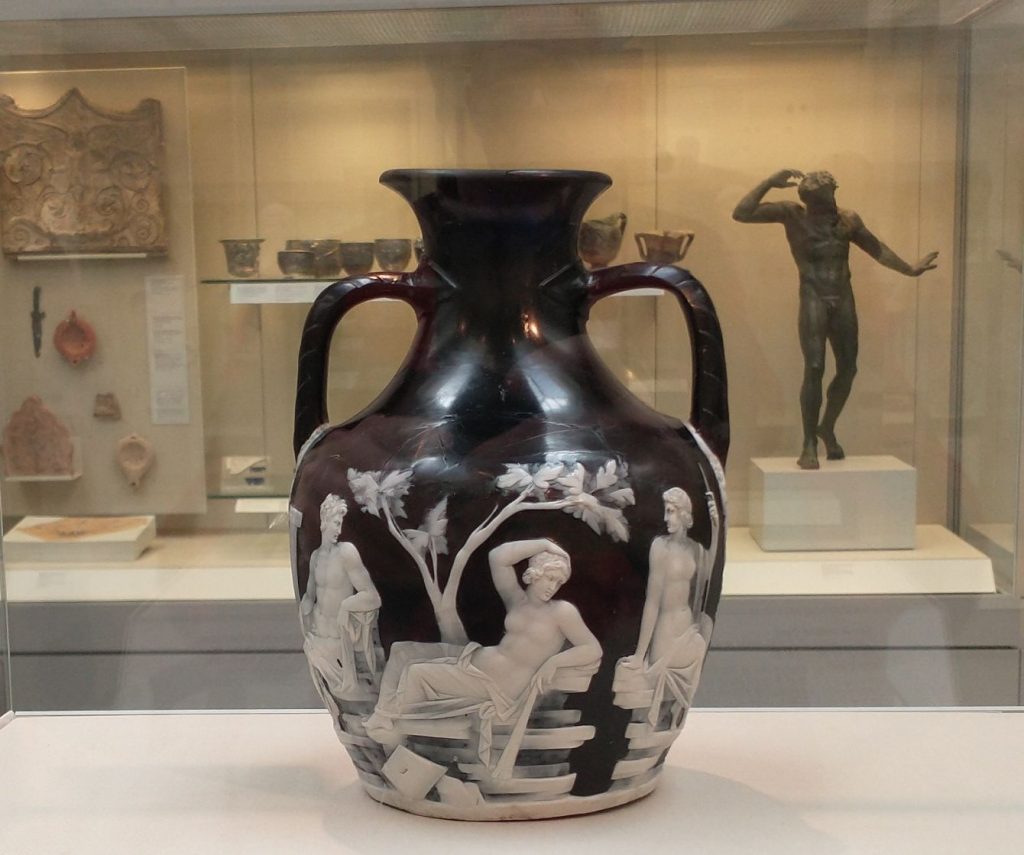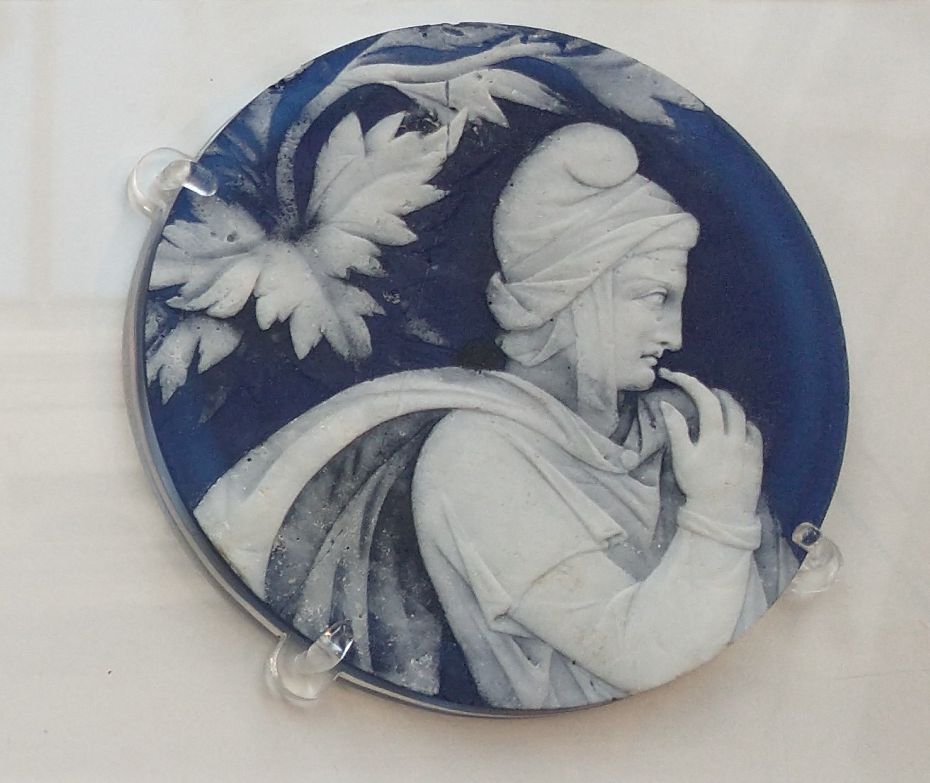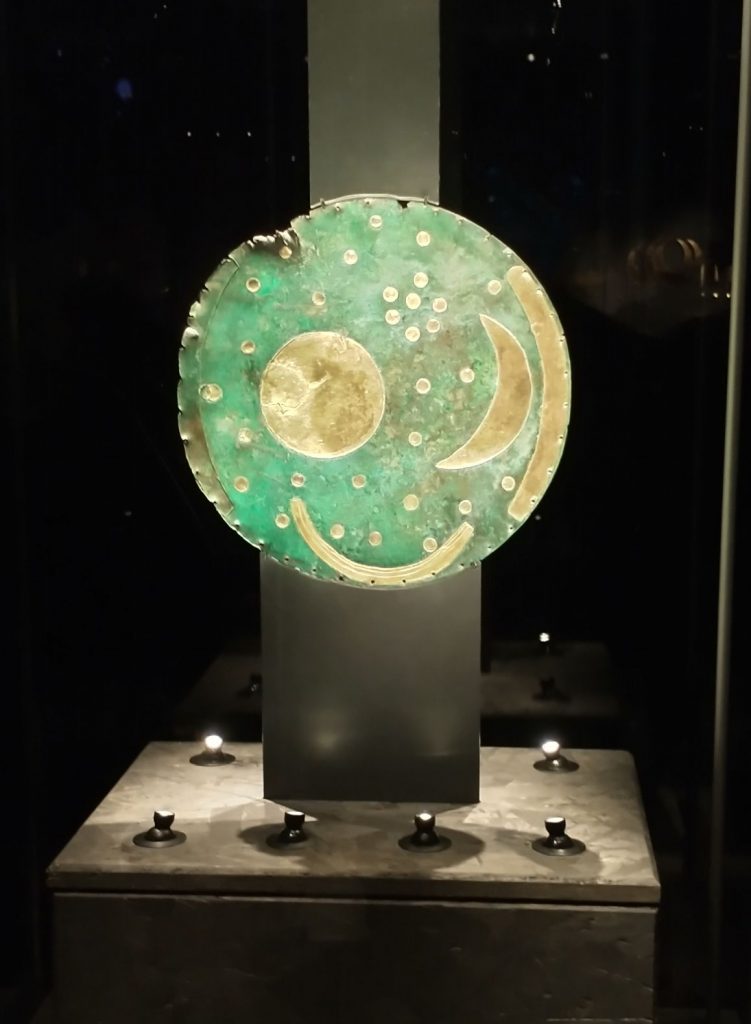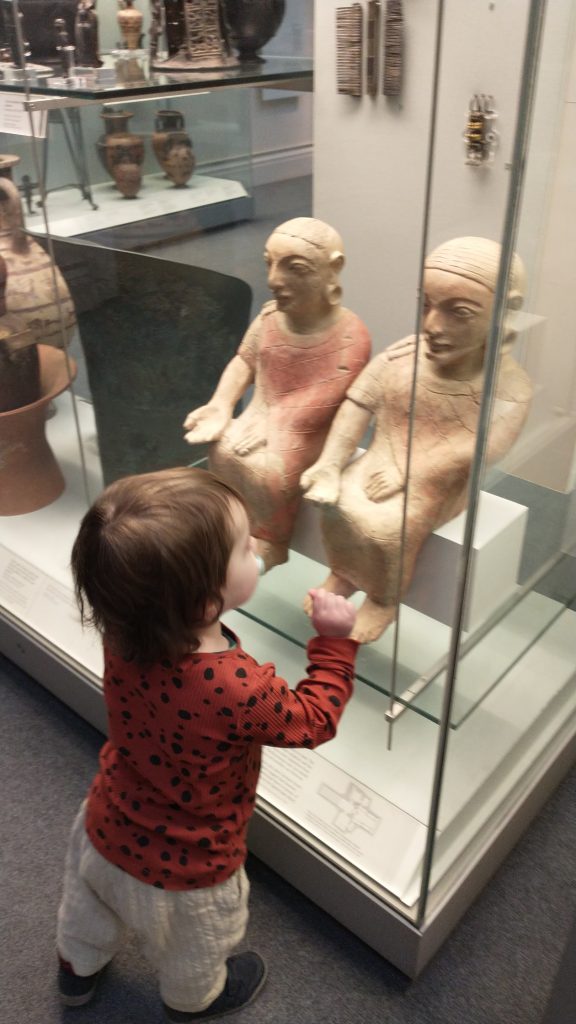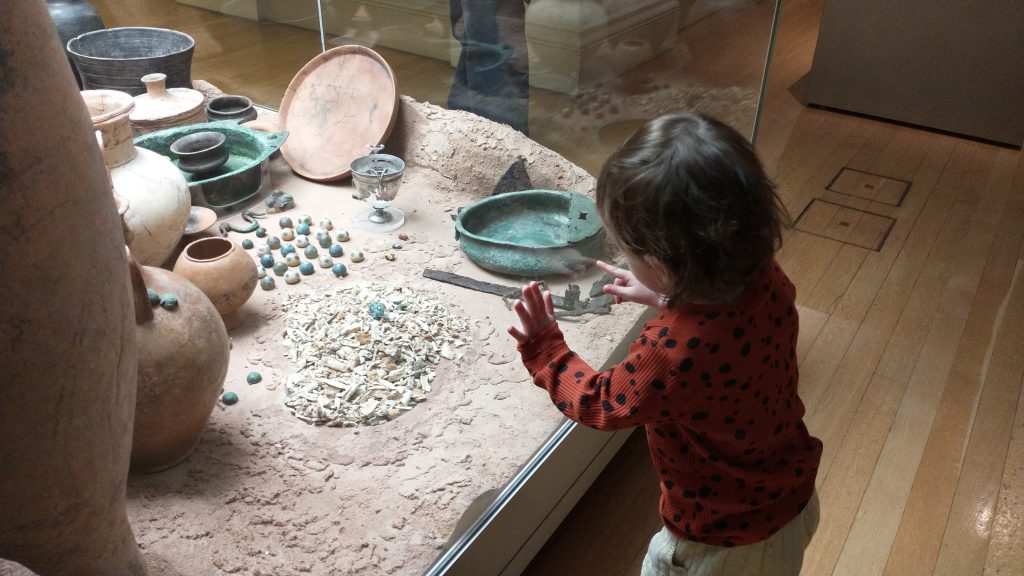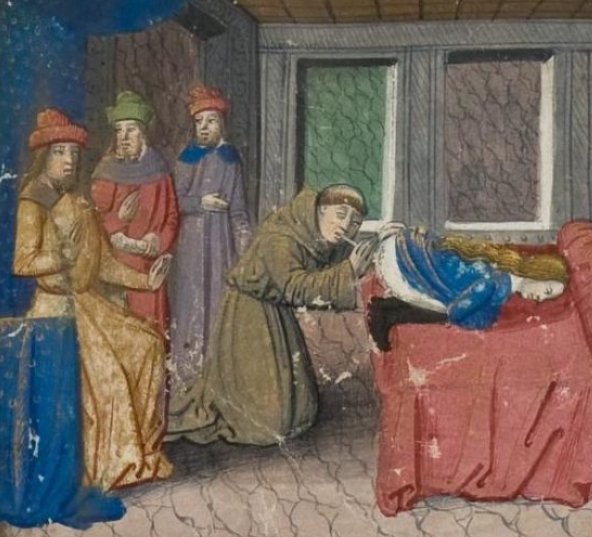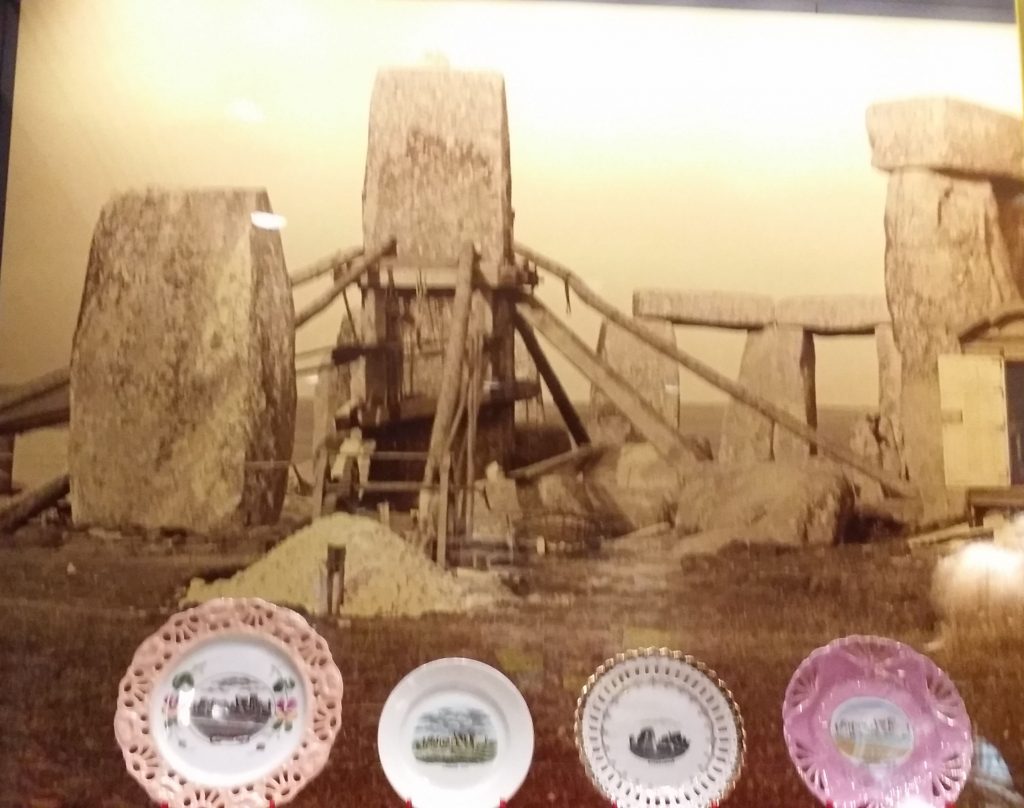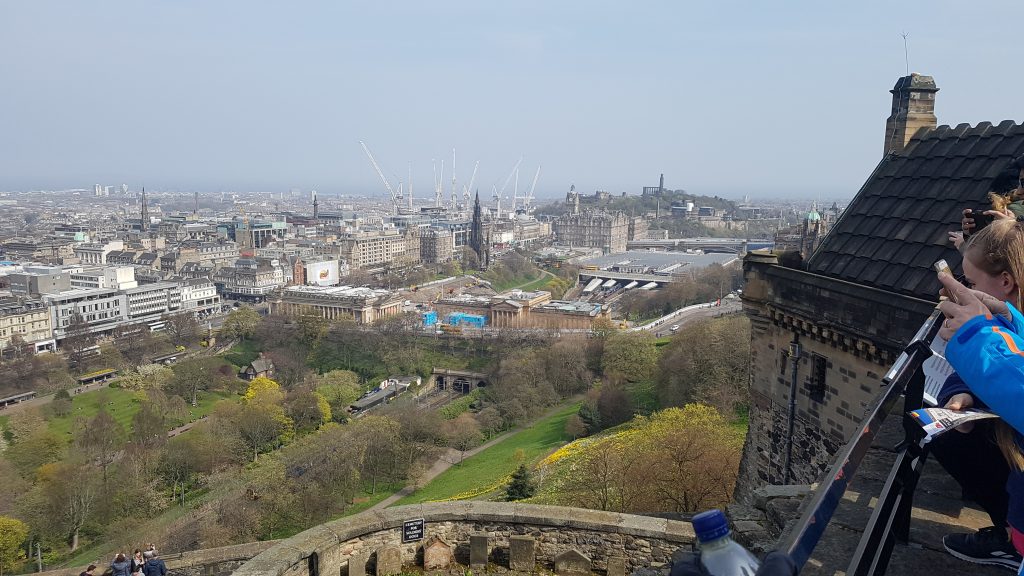
This is the Podcast for the Virtual Tour of Edinburgh
To find out or book for the Edinburgh walk and other walks this week end click here
A Virtual Tour Through The Whole Island Of Great Britain. No.5 Edinburgh
Monday 2 May 2022 7 pm
A Virtual Walk Through the Athens of the North
Borrowing my title from Daniel Defoe’s early chorography, my first Circuit is from Chester to Edinburgh. Now on the last stop on this first circuit we are taking a virtual tour of the most extraordinary City – Edinburgh.
Edinburgh is a very unusual City as it was built on the saddle of a hill so its main street runs down the ridge of a hill and the City falls away on either side. This lack of flat land and restricted space led to the City growing upwards. This gave the City an extraordinary density and an unique atmosphere that we will be exploring.
In the Georgian period the City was extended with the addition of a new town quarter which was rationally planned and made a marked contrast on the old Town. Together it gives the Capital of Scotland, a combination of atmospheric and claustrophobic town planning with the elegance of a City that was one of the great Cities of the Enlightenment.
We will begin the virtual walk in the shadow of Arthur’s Seat at the shiny new Scottish Parliament and walk up the Royal Mile from Holyrood to Tollboth, to the Netherbow and onto the Castle at the pinnacle of the City
To Book:


